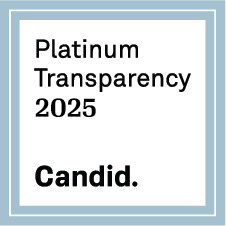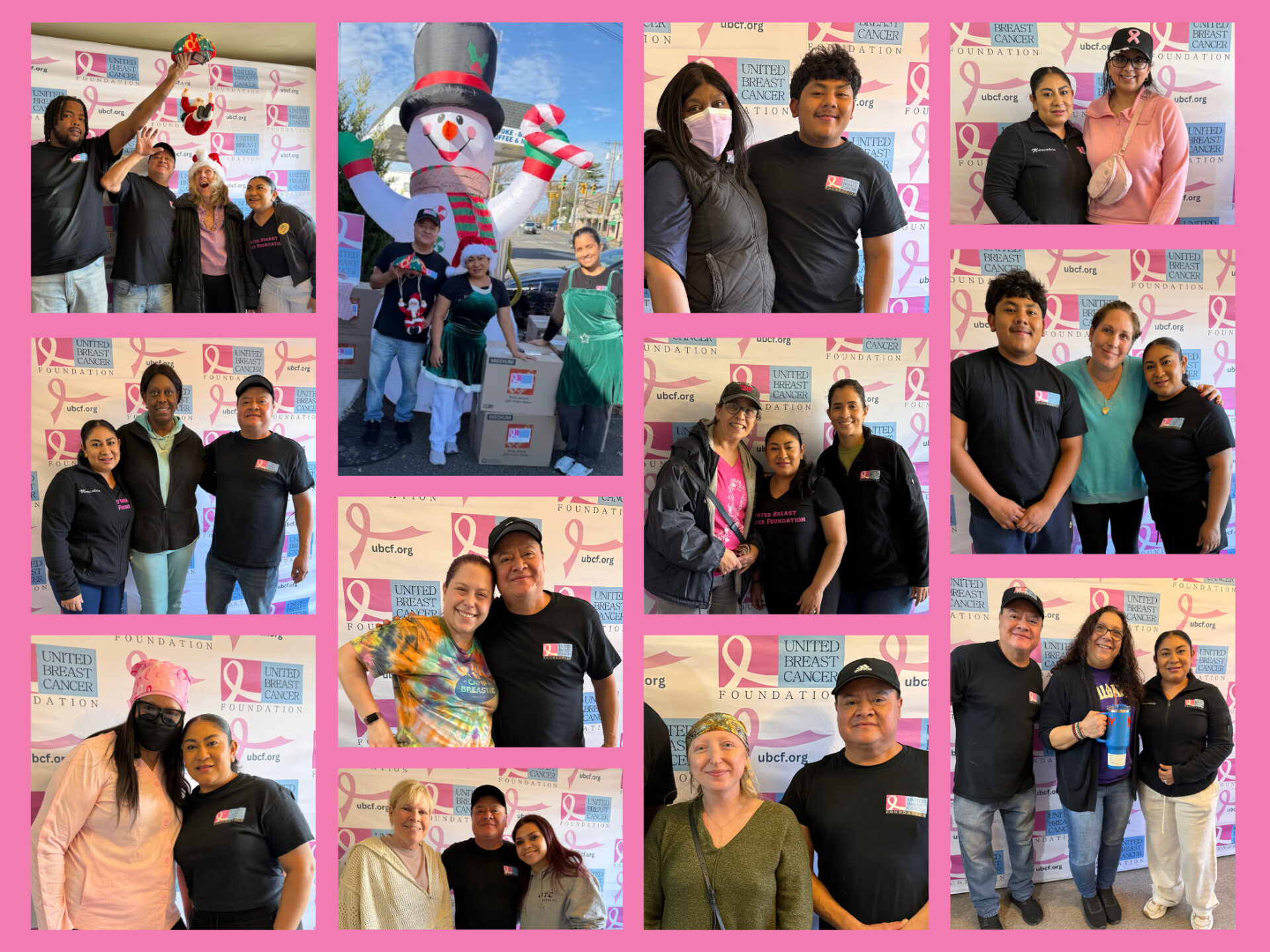I used to get annoyed whenever my father nagged about the use of plastic food containers. Every one’s using them, so what’s the problem? Well, with a little research, I found that plastic food containers may actually pose a problem.
 Plastic is used everywhere nowadays, in countless different forms. You can find it from water bottles and food containers to toys and vehicles. Plastic has many benefits—it can be recycled, is often easily manufactured, highly durable, and cheap. In fact, the first synthetic plastic created was in 1869 by John Wesley Hyatt for the purpose of providing a substitute for ivory which was in high demand. Plastic was revolutionary. It provided an inexpensive, lightweight, manmade material that could be used for a variety of purposes and lessened the burden on natural resources such as ivory.
Plastic is used everywhere nowadays, in countless different forms. You can find it from water bottles and food containers to toys and vehicles. Plastic has many benefits—it can be recycled, is often easily manufactured, highly durable, and cheap. In fact, the first synthetic plastic created was in 1869 by John Wesley Hyatt for the purpose of providing a substitute for ivory which was in high demand. Plastic was revolutionary. It provided an inexpensive, lightweight, manmade material that could be used for a variety of purposes and lessened the burden on natural resources such as ivory.
Plastic shouldn’t be demonized, however, consumers should be cautious when using plastic in certain circumstances. There is no one type of plastic – there are seven. Don’t worry, I won’t boggle your mind with their chemical names. Plastic types given the code 1, 2, 4, and 5 are generally the safest to use. That means, if they are used for their intended purpose, there will be minimal leaching and/or do not contain harmful chemicals such as BPA or Phthalates. What is leaching? Leaching is when chemicals such as BPA are transferred from the plastic to food. It is commonly transferred through changes in temperature. For example, when you microwave food, if you are using plastic, the chemicals will leach in to your food. Similarly, leaching can also occur if left in the freezer. From there, chemicals such as BPA can enter the body and can cause hormone disruptions, which can lead to other health concerns –read on to learn more. Plastics that are coded with 3, 6, and 7 can be harmful because of potential and significant amount of chemical leaching.
So, how do you know what type of plastic you are using?
It’s actually quite simple – check on the bottom of your plastic container, like your plastic water bottle. Find a triangle that is shaped by arrows. Inside is a number – that is the plastic type.
For example, my Berkley & Jensen Purified Water bottle is labeled type 1. Type 1 is intended for single use and is often labeled on water bottles as such. It is best to not reuse it because of possible bacteria growth and possible leaching of antimony. According to the Huffington Post,
“everyday wear and tear from repeated washings and reuse can lead to physical breakdown of the plastic, such as visible thinning or cracks. Bacteria can harbor in the cracks, posing a health risk.”
Another important detail is that these types of plastics should not be exposed to a significant amount of heat. As stated earlier, heat can cause leaching. So, if you left a water bottle in the car on a hot summer’s day – then it’s best not to drink it.
So then, why are plastics 3, 6 and 7 unsafe to use? Type 3 and 6 are harmful because they are most susceptible to leaching of chemicals.
Type 3 contains BPA and Phthalates, which are known to have negative effects on the body. According to the Huffington Post, several studies have found links between phthalates and hormone disruptions in both young girls and boys.
Type 6 is a plastic commonly known as Styrofoam. Styrofoam should not be used for food because there are lasting long terms effects.
“According to the Foundation for Achievements in Science and Education fact sheet, long term exposure to small quantities of styrene can cause neurotoxic (fatigue, nervousness, difficulty sleeping), hematological (low platelet and hemoglobin values), cytogenetic (chromosomal and lymphatic abnormalities), and carcinogenic effects. Styrene is classified as a possible human carcinogen by the EPA and by the International Agency for Research on Cancer (IARC).” (source)
Type 7 is unsafe because it usually indicates that the plastic contains BPA (sometimes they can be labeled as “BPA free”). BPA is a weak synthetic estrogen found in some plastics. It can leach into food and create a hormone balance disruption in the body. According to WebMD and Medical News Today, several studies have found that exposure to BPA causes an increased risk for cardiovascular disease, miscarriages, decreased birth weight at term, breast and prostate cancer, reproductive and sexual dysfunctions, altered immune system activity, metabolic problems and diabetes in adults, and cognitive and behavioral development in young children which also are apparent in mice studies.
In summary, be sure to read labels on plastics. Type 1, 2, 4, and 5 are okay to use in terms of food and drinks. Types 3, 6, and 7 contain chemicals that are hormone disruptors, so they should not be used for food. Hormone imbalances can cause a great number of medical conditions such as abnormal sexual developments, insulin resistance, and tumor growth. Additionally, keep in mind of other labels on plastics – be sure it is labeled to be freezer-safe, dishwasher-safe, microwave-safe, etc if you intend to use it for freezer, dishwasher and microwave, respectively. You can also avoid using plastic food containers altogether by replacing them with ceramic or glass containers.
The following is a chart to help visualize the different types of plastics:

Sources:
http://www.scientificamerican.com/article/bpa-free-plastic-containers-may-be-just-as-hazardous/
http://www.womansday.com/health-fitness/womens-health/a5276/is-that-plastic-container-safe-110601/
http://www.livestrong.com/article/158674-which-plastic-containers-can-i-safely-use/
http://www.webmd.com/food-recipes/cookware-plastics-shoppers-guide-to-food-safety
http://www.breastcancer.org/risk/factors/plastic
http://www.huffingtonpost.com/2014/08/14/reuse-plastic-water-bottle_n_5671681.html
http://www.huffingtonpost.com/maia-james/phthalates-health_b_2464248.html
http://www.health.thesfile.com/environmental-risks/environmental-toxins/plastic/
http://www.qualitylogoproducts.com/lib/different-types-of-plastic.htm
http://www.babygreenthumb.com/p-122-safe-plastic-numbers-guide.aspx
http://www.medicalnewstoday.com/articles/221205.php
Image Sources:









